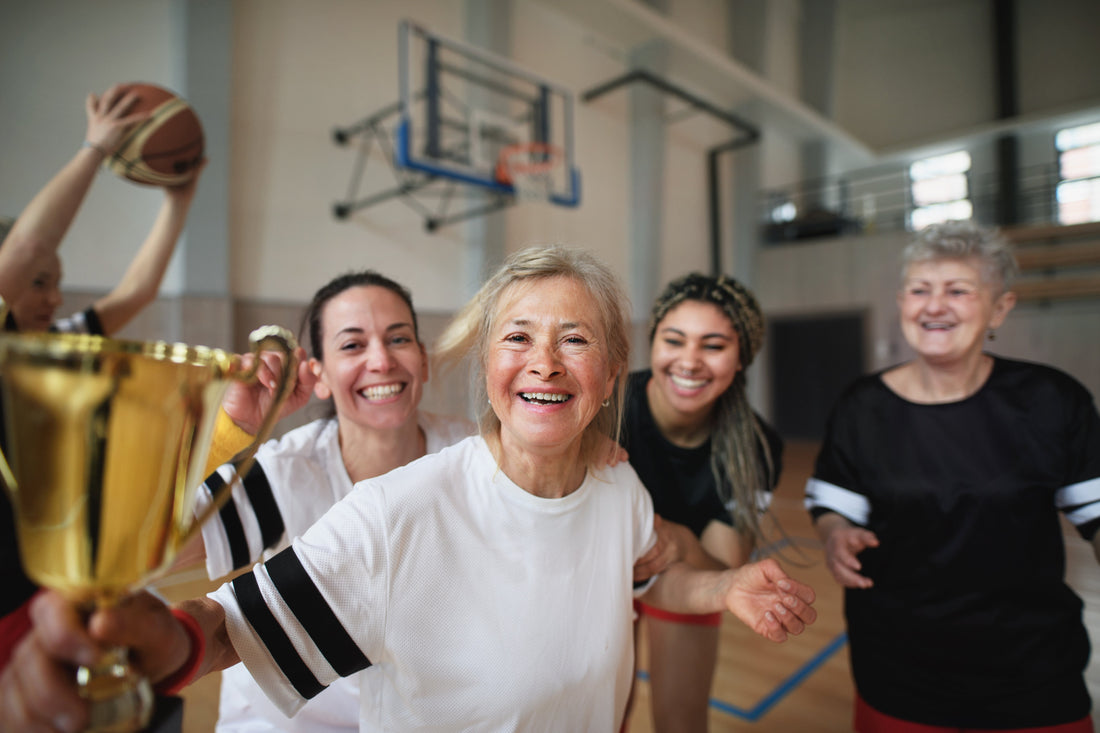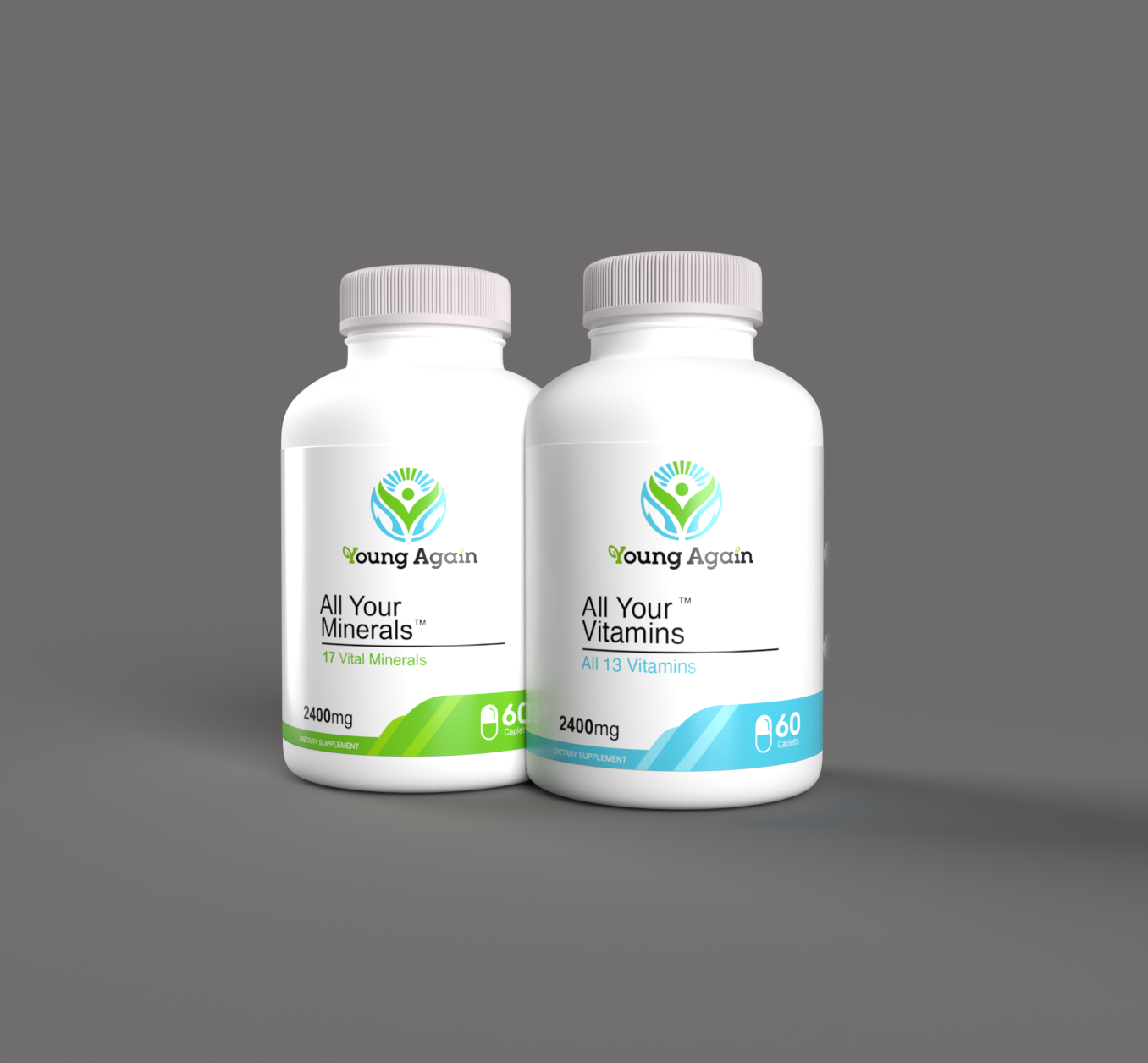
Exercise & the Aging Heart — What Works Best After 60 (Aerobic, Resistance, Balance)
Share
Your heart is a muscle, not a machine— and like any muscle, it needs thoughtful, regular movement to stay strong. But the way we move after 60 needs to change, not stop.
In this blog, you’ll learn what kinds of exercise best support heart health in older adults, how much is ideal, and how to balance aerobic, strength, and flexibility training for longevity, mobility, and confidence.
“Movement after 60 isn’t about chasing youth—it’s about protecting your independence, your joy, and your rhythm of life.”
Why Exercise Matters More as You Age
After 60, our cardiovascular system naturally begins to change:
- Arteries stiffen, raising blood pressure and reducing oxygen delivery.
- Heart rate response slows, meaning your heart doesn’t ramp up or recover as quickly.
- Muscle mass decreases, lowering metabolism and functional strength.
- Balance and joint stability decline, increasing the risk of falls or injury.
Regular exercise helps counter all of this—protecting the heart, improving cholesterol, reducing inflammation, and increasing endurance and emotional wellbeing.
What the Research Says: The Best Exercises for Heart Health After 60
Aerobic training improves VO₂ max, blood pressure, and vascular function—even in adults over 75. Walking, cycling, and swimming are particularly joint-friendly.
Resistance training preserves muscle mass, improves insulin sensitivity, and reduces blood pressure. Studies show it also reduces all-cause mortality in older adults when done 2x/week.
Balance and flexibility work reduce fall risk, improve confidence, and enhance circulation. Programs like tai chi or yoga also support mental health and autonomic regulation.
Movement consistency matters more than intensity. Even modest exercise done daily provides compounding benefits over time. (American Heart Association, 2023)
Your Ideal Weekly Movement Plan
The American Heart Association recommends:
- 150 minutes of moderate aerobic exercise per week (e.g., 30 minutes/day, 5 days/week)
- 2 sessions of resistance training per week using body weight, resistance bands, or light weights
- Balance or flexibility exercises 2–3 times/week such as stretching, tai chi, or yoga
Here’s a sample breakdown:
- Monday: 30-min brisk walk + 15-min balance work
- Tuesday: Resistance training (upper body) + gentle stretching
- Wednesday: 30-min swim or cycle + core strengthening
- Thursday: Yoga or tai chi + balance drills (heel-to-toe walking, standing on one leg)
- Friday: Resistance training (lower body) + short walk
- Weekend: Choose what feels joyful—gardening, dancing, nature walk, or rest
What If You’re Starting from Scratch?
You don’t need to be an athlete to get started. In fact, here’s what we recommend if you haven’t been active lately:
- Start with 10–15 minutes a day. Walk at a pace where you can talk, but not sing.
- Use a chair or wall for balance exercises.
- Try resistance bands—they’re gentle on joints but effective.
- Track progress weekly. Celebrate consistency, not speed.
- Talk to your doctor before starting anything new, especially if you have heart disease, diabetes, or arthritis.
Movement is like medicine. Even small, regular doses add up over time.
The Mental & Emotional Benefits of Exercise After 60
We often focus on exercise for the body, but movement powerfully affects the brain, too. Studies have shown:
- Improved mood and lower depression risk thanks to endorphin release and brain-derived neurotrophic factor (BDNF)
- Enhanced memory and cognition in adults 65+ who engage in regular aerobic activity
- Better sleep and reduced anxiety with consistent movement
When movement is social—like walking with a friend or joining a group class—it also supports emotional wellbeing and a sense of purpose.
The Takeaway
Exercise in your 60s, 70s, or 80s isn’t about performance—it’s about participation. About staying mobile, connected, and confident in your body. Your heart wants you to move. And it doesn’t care how fast, how far, or how fancy. It just wants you to start—and to keep going.
“Every step is a vote for your future self. And your heart is listening.”
No matter where you're starting from—your body is still capable of transformation.
References
- American Heart Association. (2023). Recommendations for Physical Activity in Older Adults. Retrieved from https://www.heart.org
- Chodzko-Zajko, W., et al. (2022). Exercise and Physical Activity for Older Adults: Position Statement from the American College of Sports Medicine. Journal of Aging & Physical Activity, 30(1), 1–24.
- Cheng, S., et al. (2023). Effects of aerobic vs. resistance training on heart function in older adults: A randomized trial. Journal of Geriatric Cardiology, 20(3), 112–118.
- Nelson, M. E., et al. (2019). Physical Activity and Public Health in Older Adults: A Recommendation from the ACSM. Medicine & Science in Sports & Exercise, 51(6), 1291–1300.
- Smith, G. L., et al. (2021). Long-term Exercise and Risk of Cardiovascular Disease: Meta-analysis of Longitudinal Studies. Circulation, 143(4), 274–284.

